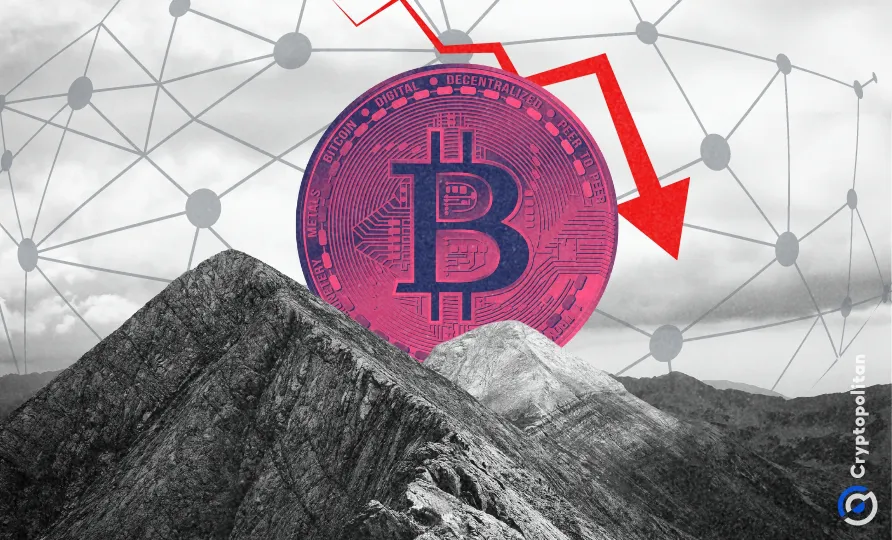Blockchain data reveals that centralized crypto exchange giants Binance and Coinbase have experienced significant outflows of staked ether (ETH) since Ethereum’s Shanghai upgrade, as investors migrate to decentralized competitors.
According to a Dune Analytics data dashboard, Coinbase’s staking platform has experienced a $367 million net outflow of staked ether since April 12, as withdrawal requests – including reward withdrawals and full exits – have outpaced new deposits. The staking service of the world’s largest crypto exchange, Binance, has experienced a net discharge of $340 million.
Ether Staked on Decentralized Protocols Increases
Following Ethereum’s highly anticipated Shanghai upgrade on April 12, investors were able to withdraw approximately $35 billion worth of Ether previously held in staking contracts. Analysts predicted that the event would be a significant milestone for the $225 billion network, likely increasing staking participation, attracting institutional investors, and reshuffling competition among staking services.
According to reports, Ether deposits have increased significantly in decentralized protocols. The two largest gainers, Frax Finance and Rocket Pool have recorded net inflows of $56 million and $68 million, respectively.

According to reports, the upgrade has been “a major catalyst” for decentralized liquid staking solutions. Liquid staking protocols issue a derivative token that represents the number of sealed tokens and enables investors to access decentralized finance (DeFi) services like lending and borrowing.

According to DefiLlama data, the quantity of ETH wagered on Frax and Rocket Pool has increased by 32.5% and 31.0% over the past 30 days, respectively, due to new deposits.
Since April 12, Lido Finance, the largest decentralized liquid staking protocol with approximately $11 billion in deposits, has received approximately $28 million more in deposits than withdrawals.

Regulatory concerns spook investors on centralized exchanges
Regulatory risks and aversion to centralized crypto platforms following last year’s bankruptcies are probable factors driving investors to decentralized staking protocols, according to 21Shares analyst Tom Wan.
After being charged by the U.S. Securities and Exchange Commission (SEC) for offering unregistered securities, Kraken consented in February 2018 to discontinue its staking service. Following the settlement, liquid staking tokens increased as the SEC appeared to target staking service providers, which benefited from decentralized liquid staking.
Reports indicate that regulatory pressure on centralized entities might continue. The greater staking rewards that decentralized protocols can provide could also influence investors. Currently, Coinbase and Binance offer an annualized reward of approximately 4% for ETH staking, while decentralized protocols Lido Finance and Frax Finance offer 5-7%.
While Binance and Coinbase are among the largest and most established exchanges in the industry, their vulnerability to regulatory changes highlights the need for innovation in the cryptocurrency space.
As governments around the world continue to grapple with the regulation of digital assets, it is clear that the decentralized nature of blockchain technology presents both opportunities and challenges. While decentralized exchanges offer greater autonomy and privacy to users, they also lack the protections afforded by centralized entities.

Despite recent outflows, Binance and Coinbase continue to be among the largest providers of ETH staking. However, Binance’s market share decreased to 4.5% from 5.7% a month ago, while Coinbase’s market share decreased from 13% to 12.3%.
According to data from blockchain intelligence company Nansen, the two exchanges are likely to experience further outflows. Coinbase has approximately $191 million in staked ETH awaiting extraction, whereas Binance has $41 million pending withdrawal requests.





